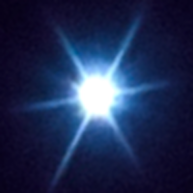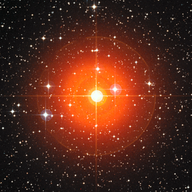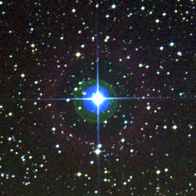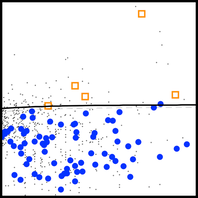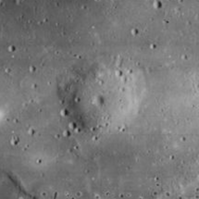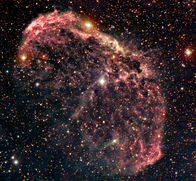|
These pages highlight some of my amateur astronomy work in recent years. I call my home observing site in Tucson, Arizona, the Silverado Hills Observatory. It is located on the traditional lands of the Tohono O'odham, O'odham Jewed, Hohokam and Sobaipuri peoples. They, too, were and are astronomers and carried out observations of the heavens from this place. I am humbled to merely walk in their footsteps and look in wonder at the same skies.
I am a primarily visual observer. My main instrument is a home-built 20 cm f/3.8 Newtonian telescope. I have also done some astrophotography but don't really consider myself an astrophotographer. The image at left is of the star Spica (α Virginis) made through my scope.
|
Carbon Star ListThis page contains a list of 164 carbon stars ranging in brightness from +4.5 (U Hydrae at maximum light) to +18.0 (SU Tauri at minimum light) that make for good targets with small telescopes. These stars often show intense colors through the eyepiece, ranging from pale pink to bright orange to deep, saturated red.
|
The Bluest Hipparchos StarsThis list of 11 stars is the result of an experiment to try to visually detect the colors of the brightest, bluest stars I could find. After observing a number of carbon stars, which are among the visually reddest objects in the night sky, I started to wonder about the opposite end of the spectrum. But it turns out that there are very few stars that are blue enough, and bright enough, to convey a sense of intense, saturated color to the eye.
|
Astronomical VisibilityWhat is the faintest star one can see from a night sky of a given brightness with a telescope of a particular aperture? That is a surprisingly complex question whose answer touches on principles of both modern vision science and perceptual psychology. In this project, I came up with a method to test my visual threshold against the capabilities of my telescope and typical site conditions in order to make a better estimate than observing individual stars in isolation.
|
Lunar DomesAs our nearest neighbor in space, the Moon is a rich and rewarding target for observations with small telescopes. Evidence of the Moon's past as a geologically active world takes many forms, including the presence of small volcanoes known as 'domes'. This page describes lunar domes in the context of the Moon's geologic history, provides tips and tricks for seeing these features and features a list of the top 10 best domes on the lunar nearside to observe with backyard telescopes.
|
AstrophotographySome astronomical images I have captured over 30+ years using equipment from film cameras to 4-meter-class telescopes.
|
